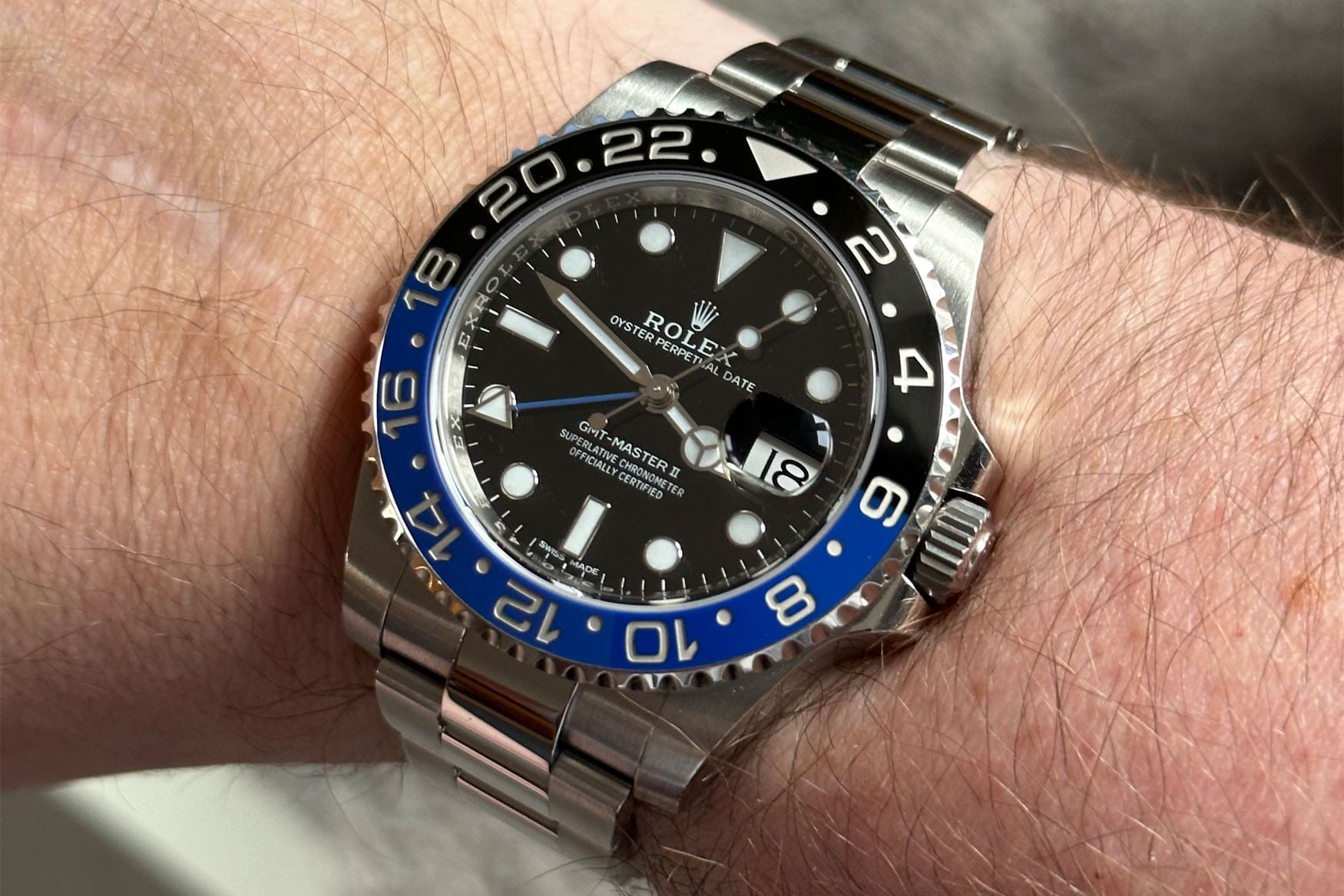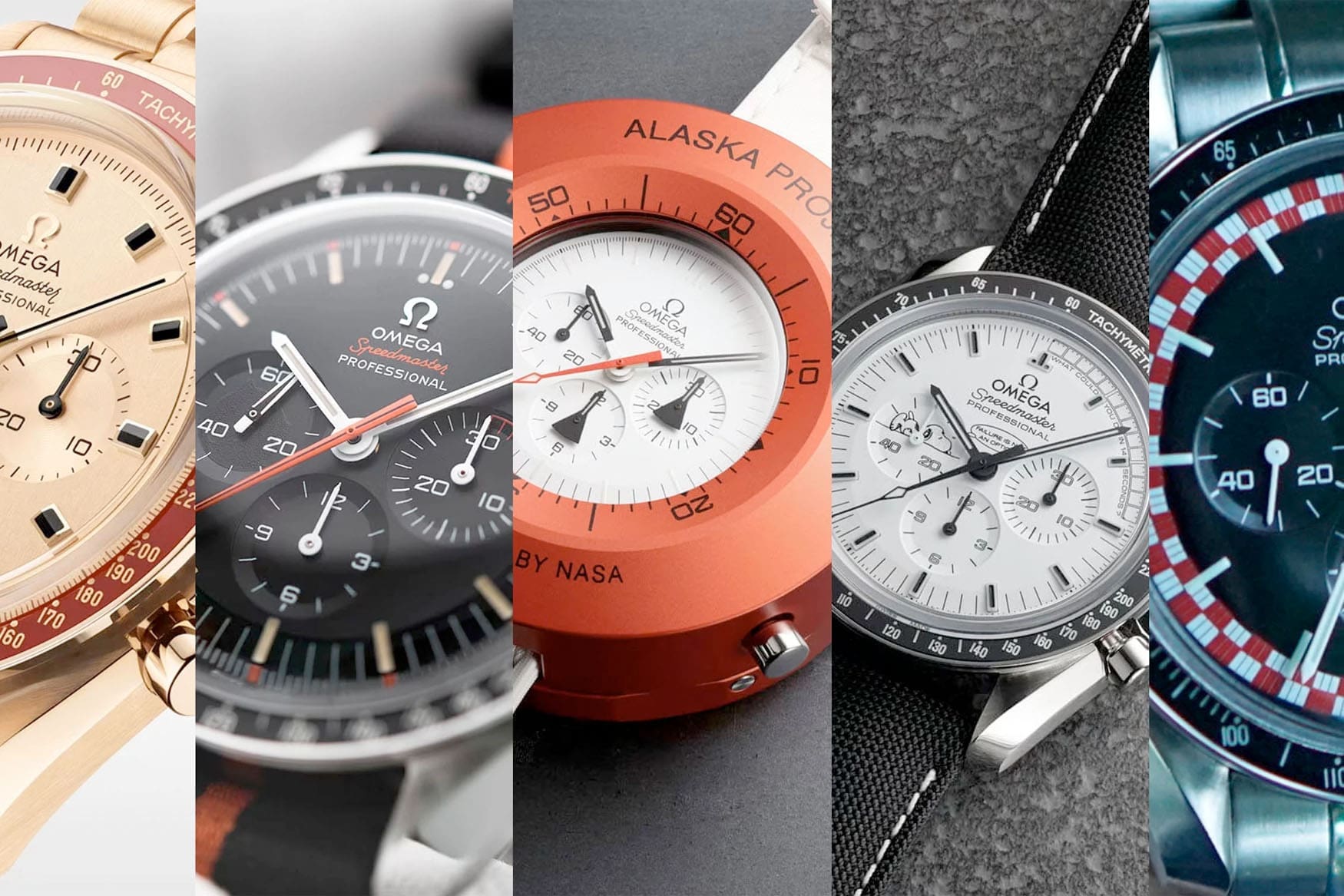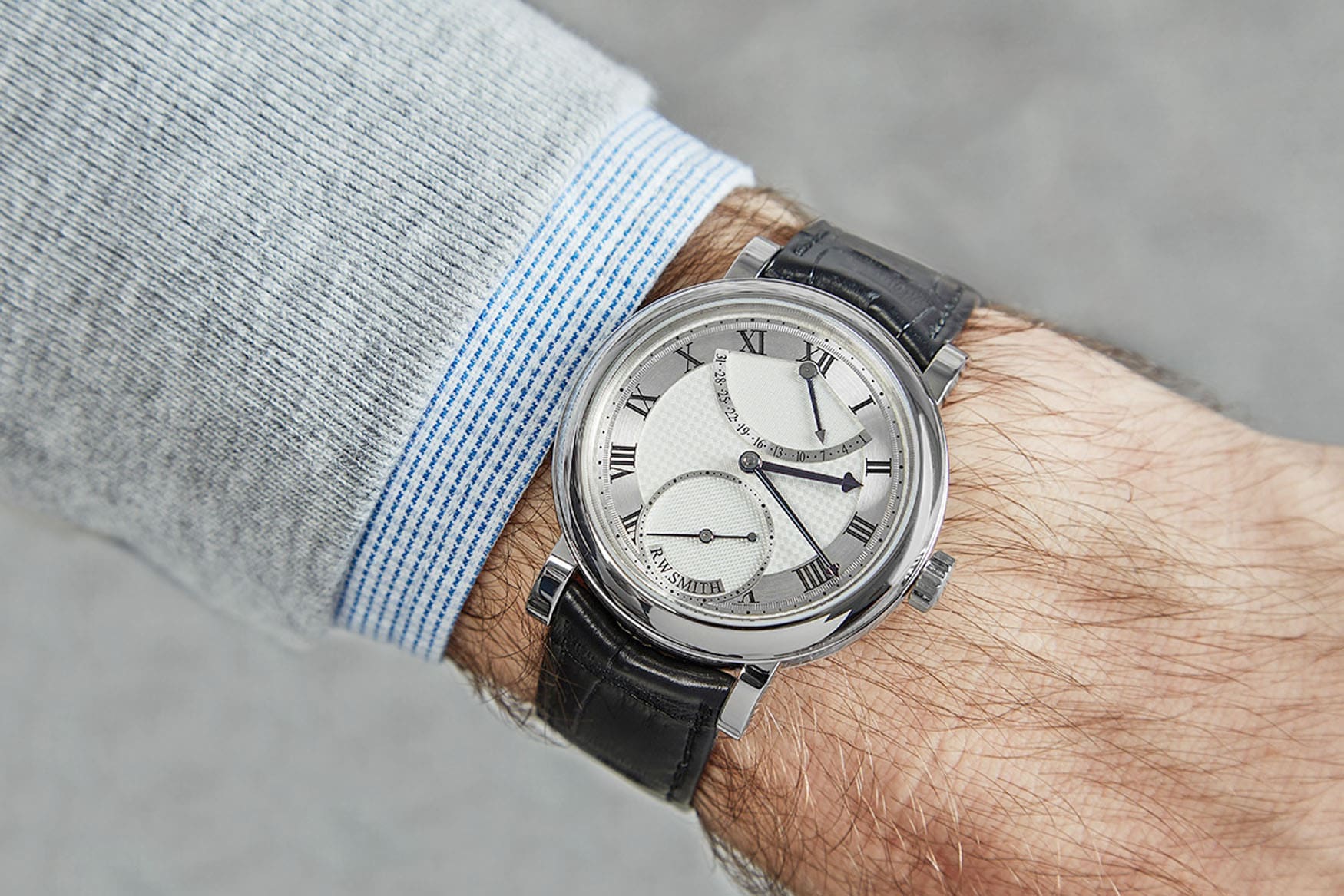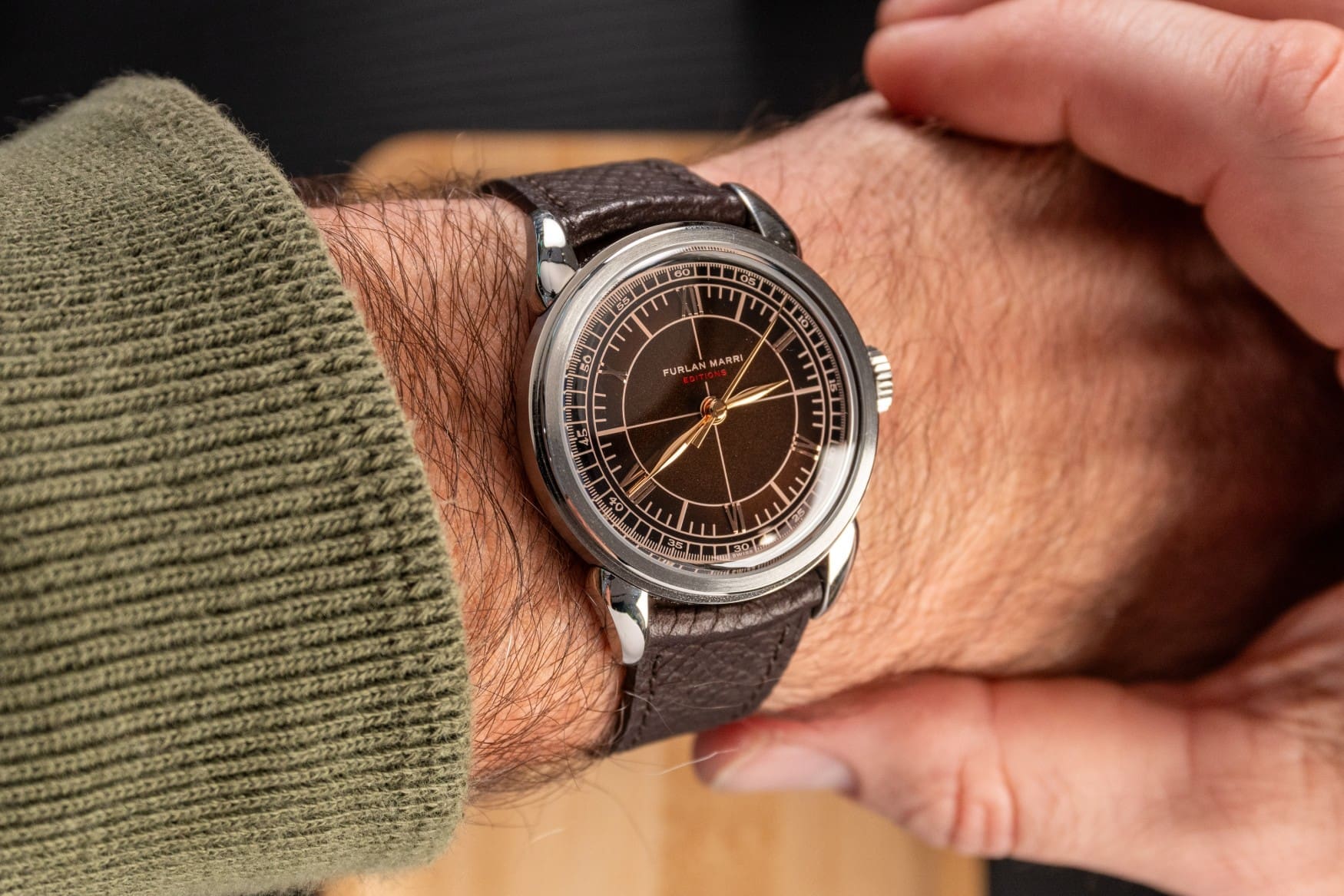What does “limited edition” actually mean in the watch world?
Tom AustinOne of the things I love about watches is coming across one that you might not see every day. If you’re anything like me, you’ll tend to spot what’s on someone’s wrist before you’ve even had a chance to spot what colour eyes they have. With this, you’ll know that seeing watches that really grab your attention in the wild is a fairly rare occurrence outside of a RedBar meet-up. Spotting something that makes you do a double-take, raise an eyebrow and say that “ooh hello…” to yourself is even more infrequent. But in the grand scheme of things, we know that most watches aren’t exactly rare, even when they might feel like they are.
A perfect example is myself, being a Rolex Batman owner who visited the local pub in my hometown over Christmas, only to find that 2 other people I know well in the small village pub both had a GMT-Master BLNR on their wrist: a watch that’s so in demand that it’s reportedly nearly impossible to get. There are plenty of watch enthusiasts out there, and even more people who wear watches but aren’t that fussed (crazy, I know), so when you think about it, it’s no surprise to hear about watch brands pumping out millions of watches per year. In fact, they’re producing more of the ones you think they aren’t.

But what about when the words Limited and Edition are used? Well, this is where things get a little complicated. The definition of limited edition, technically, is when a product is intentionally limited in quantity or only made available for a specific period of time. For example, you might get a particular watch that is only being made in a quantity of, say, 30, and then that’s it, forever. They may be numbered too, meaning each watch has a “XX/30” marking to make it clear that you are the lucky owner of something quite rare and, therefore, special. And therein lies the point.
Usually, the purpose of creating limited editions is to generate exclusivity and scarcity, and there are several cases where this perhaps isn’t so clear. I’m looking at the likes of Omega, who are guilty of bringing out enough limited edition Speedmasters that a rumour I plan to start is that they propose to celebrate the next moon landing in 2025 by getting every model together in one place so it can be viewed from outer space. I reckon I could really gain some traction with that.

First of all, for a watch to be truly limited edition, how many pieces should that be? I’m sorry to break this to you, but if your watch is still in production, and you can go out and either buy one today, or “register interest” for it, it’s almost certainly not a limited edition, even if a brand says it is. Similarly, if something is limited to 2,000 pieces and openly for sale, I would argue that, too, is not a limited edition. If you put 2,000 of those watches in front of you on a table, it would need to be roughly 13 square meters in size, and you would understand what I mean.
So, I think it’s fair to say that the status of the term “limited edition” is somewhat proportional to the demand. In my view, if something is exclusive, it has to mean that I’m part of a small group if I own one. It has to mean that I’ve either chosen or been included in part of something that they don’t just hand out willy-nilly. Limited edition to me means “Trust me, you’re never going to see another one of these.” We’re talking numbers as low as 10-50; you had to be invited, or things got really out of hand, and you had it made just for you, making it a piece unique. That’s a true limited edition. The world is a big place; try finding another one of 30 worldwide.

And the demand is the key part. Without demand, you have nothing. The limited status of a piece doesn’t matter if nobody wants it. And that’s where the timed release element of limited editions can come into play. Let’s take the recent celebratory Time+Tide releases in conjunction with Studio Underd0g, Baltic and Furlan Marri as examples. You were given 24 hours with which to get your orders in, and once that time was up, that was it, if you missed it, good luck trying to get one! Whatever amount of orders were taken during that period is precisely how many watches there will be, and this is a great way of measuring demand in the market. It’s something that Richard Benc from Studio Underd0g has been doing for some time and has proven rather successful for some of his releases, like his Strawberries & Cream.
Importantly, we don’t know publicly how many there are out there. However, with a 24-48-hour order window, it’s safe to say it’s not very many, provided none will ever be made again. This is a limited edition done in an accessible way. There’s no being angry about not being selected or not having a big enough social status. They were there for the picking, and if you missed your chance, then sadly, there’s not much more you can do, short of a flight to Australia to visit the Time +Tide Watch Discovery Studio where you might, only might, be able to pick one up. This kind of distribution method means that almost everyone who wants one can have one, and it still scratches that itch that says, “Not many of these around, is there?”.

If you own a particular watch you waited for or went to great lengths to get, there is a chance you’re fairly proud to have it in your collection. Let’s say that watch is advertised as a limited edition, but you don’t know how many there are. Perhaps it’s still in production and available from ADs, too, so you also don’t know how many are yet to come. How does the fact that the marketing materials say “limited edition” make you feel? As an owner of the watch, it might make you feel fairly comfortable if you think you have something not everyone has. Or maybe even make you feel like you’ve been selected by the Masters of Horology for your impeccable taste and horological choices, deserving to be elevated to the next level in the game. Either way, it’s fair to say many people who own a limited edition watch are quite likely to let you know about it when they’re telling you about their latest acquisition.
And perhaps this is the point I’m trying to make. Does it matter? Fake scarcity is all too often orchestrated by brands to ultimately get you to part ways with your money. It’s one of the oldest tricks in the book, and it works. But of course, it doesn’t matter. How can it? When we see multiple limited edition Seamaster 300Ms where the only real change is a variation on a colour tone or dial text… This only begins to matter when the watches are 60+ years old, and there may only be 6 in existence. Perhaps one day, my BLNR will be a classic and rare piece. Then again, perhaps not.





